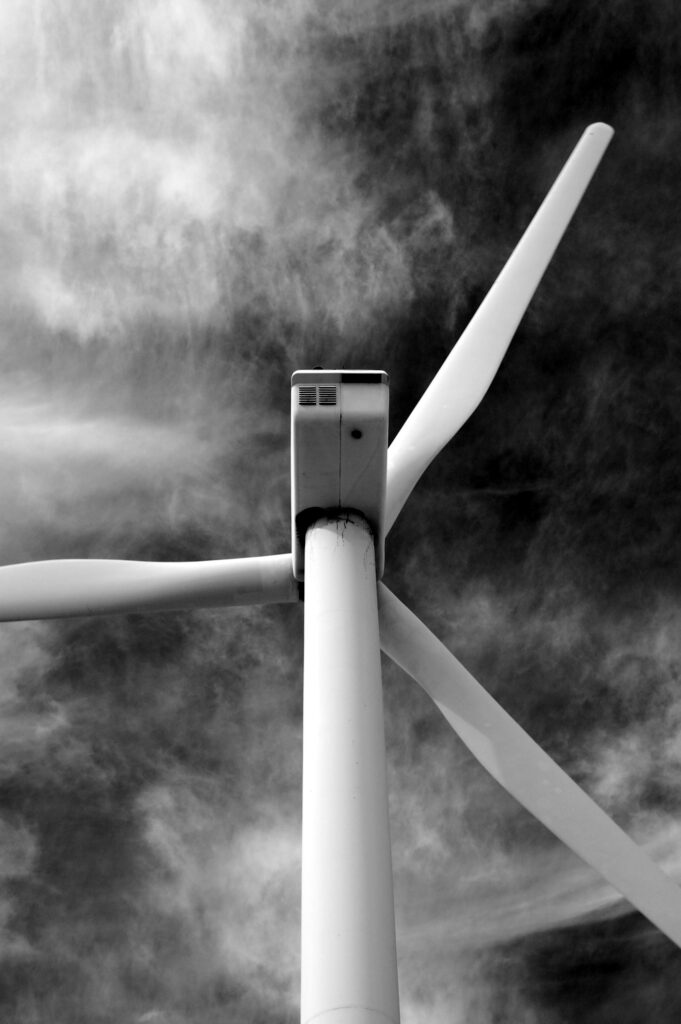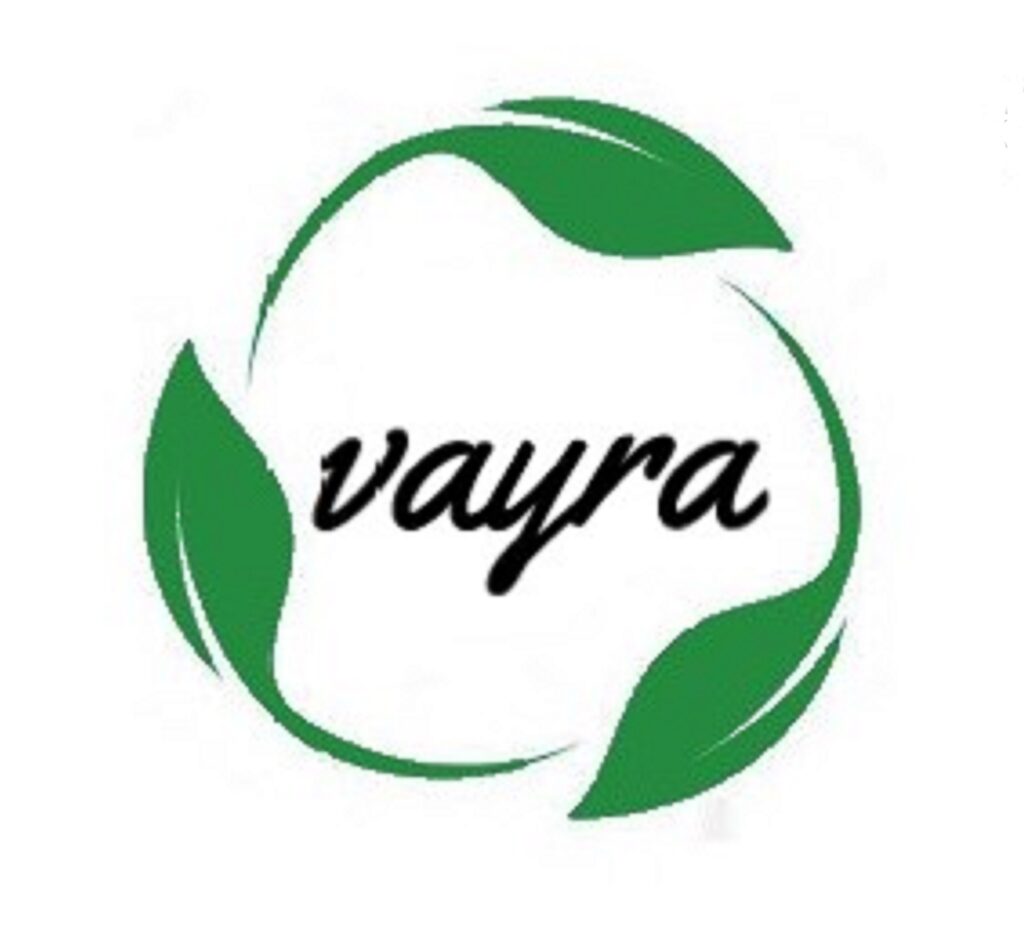
As the world shifts towards renewable energy sources, new technologies for energy transmission and storage are becoming increasingly important. These advances in technology not only make renewable energy more efficient and cost-effective, but they also help to mitigate the intermittency of renewable sources such as wind and solar.
One promising area of research is in the field of high-voltage direct current (HVDC) transmission. Unlike traditional alternating current (AC) transmission, HVDC transmission allows for the efficient transmission of electricity over long distances with minimal power loss. This is particularly important for renewable energy sources such as offshore wind, which often need to transmit power to distant population centers.
In fact, with HVDC transmission, the power loss can be as low as 3% per 1000 km of transmission, compared to 7% per 1000 km of transmission with AC systems. This means that more of the renewable energy generated can be delivered to where it is needed, increasing the overall efficiency of the system.
Another area of research is energy storage. As renewable energy sources such as solar and wind are intermittent, it is important to have the ability to store the energy generated during periods of high production for use during periods of low production. One technology that is gaining popularity is the use of lithium-ion batteries.
These batteries have a high energy density, which means they can store a lot of energy in a small space. Additionally, they have a long life cycle and are relatively low maintenance. For example, a 1 MWh lithium-ion battery system can provide 2 hours of electricity to 500 households.
In conclusion, as the world shifts towards renewable energy, new technologies for energy transmission and storage are becoming increasingly important. HVDC transmission and lithium-ion battery storage are just a couple of the many ways that we can ensure a stable and efficient renewable energy future.

